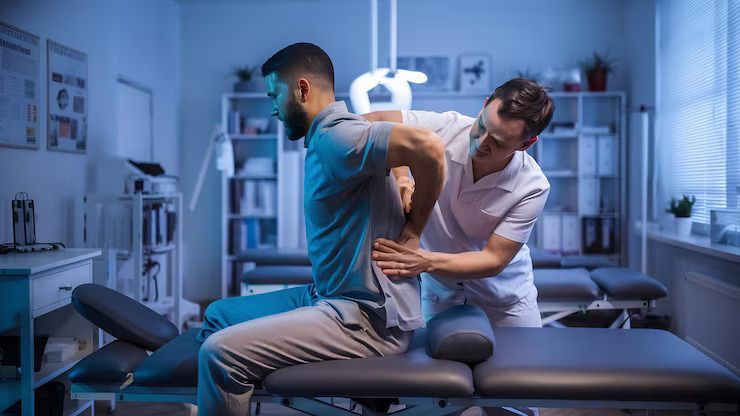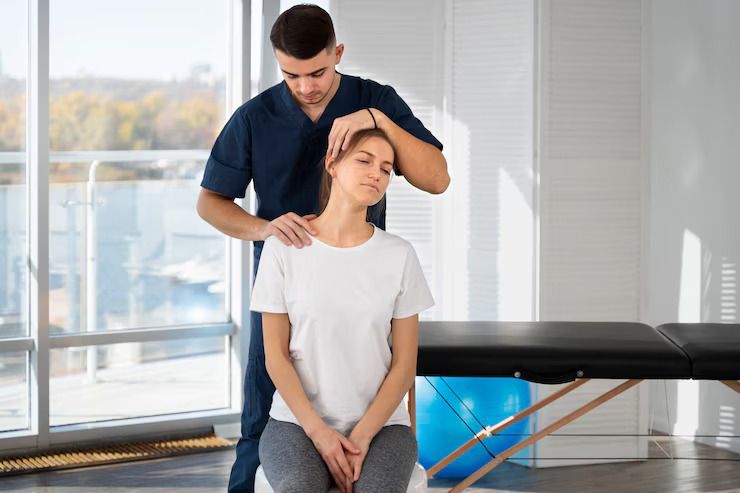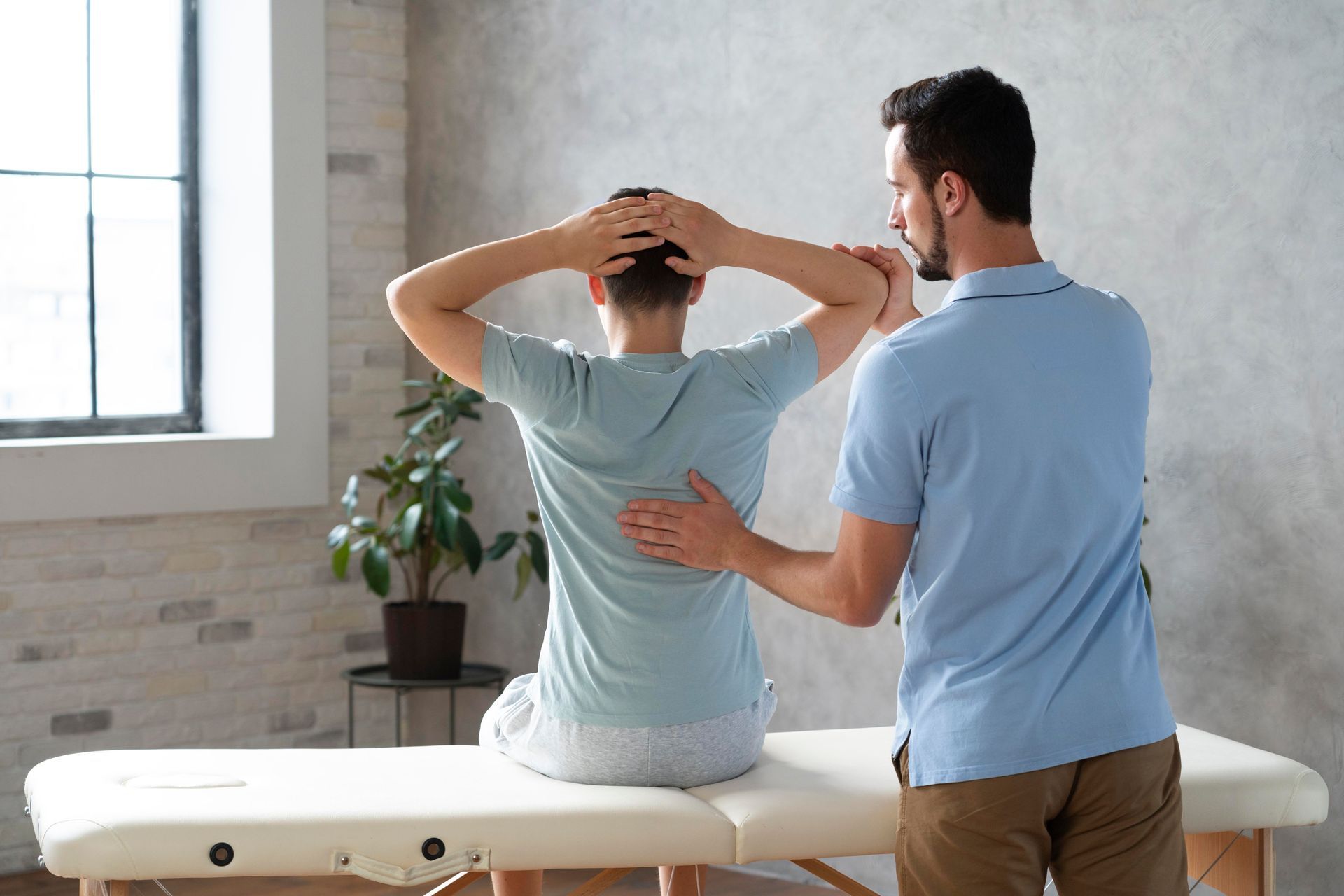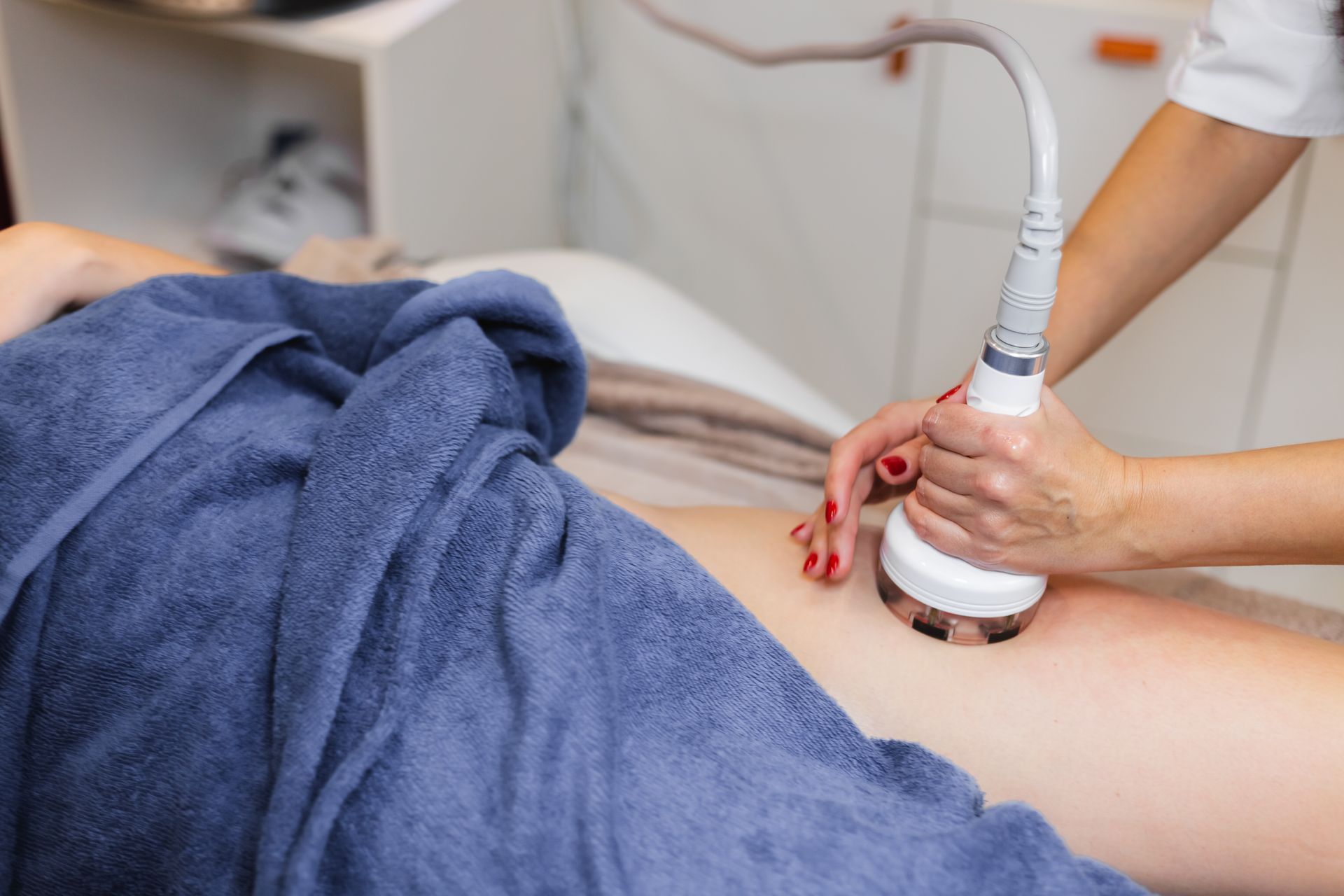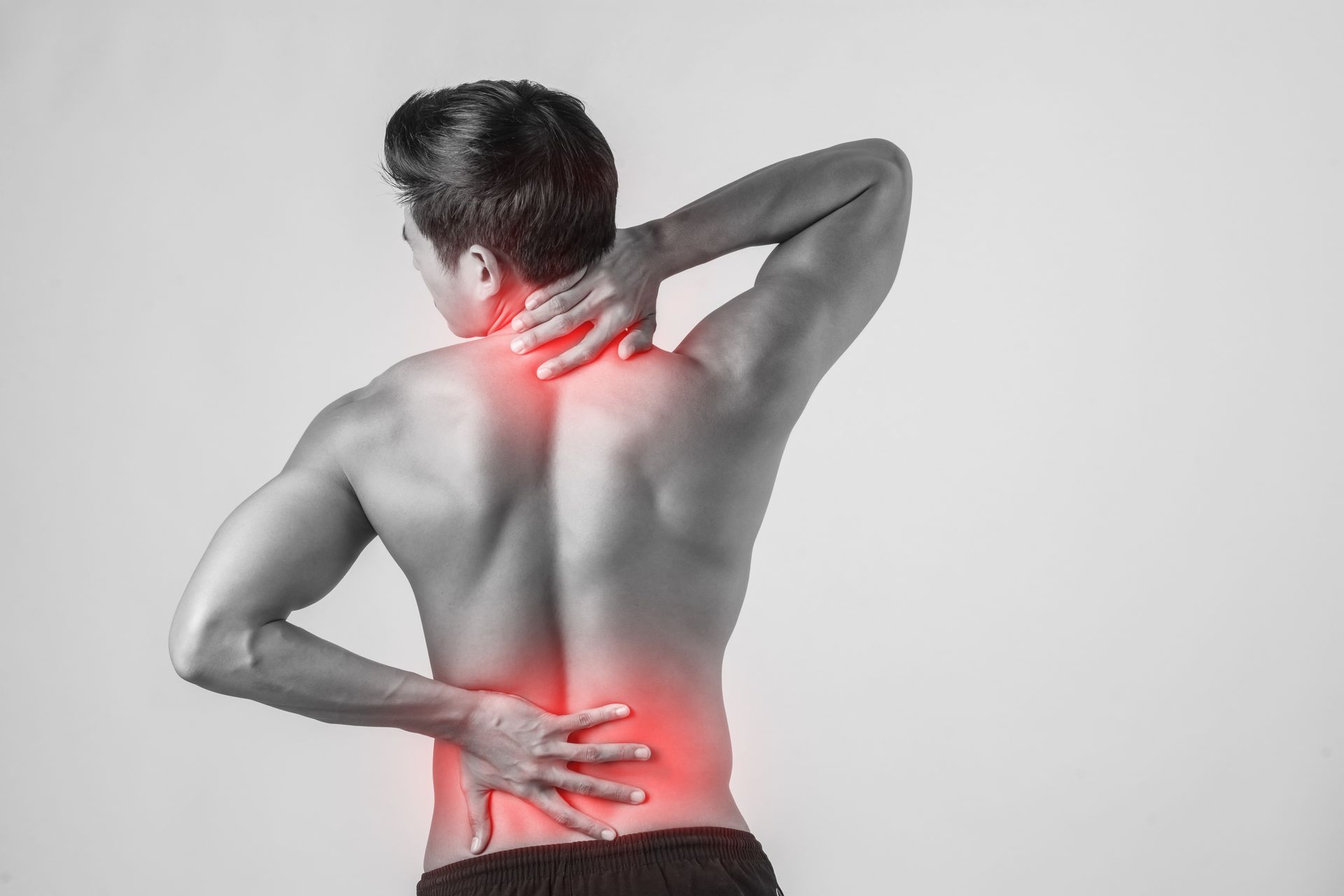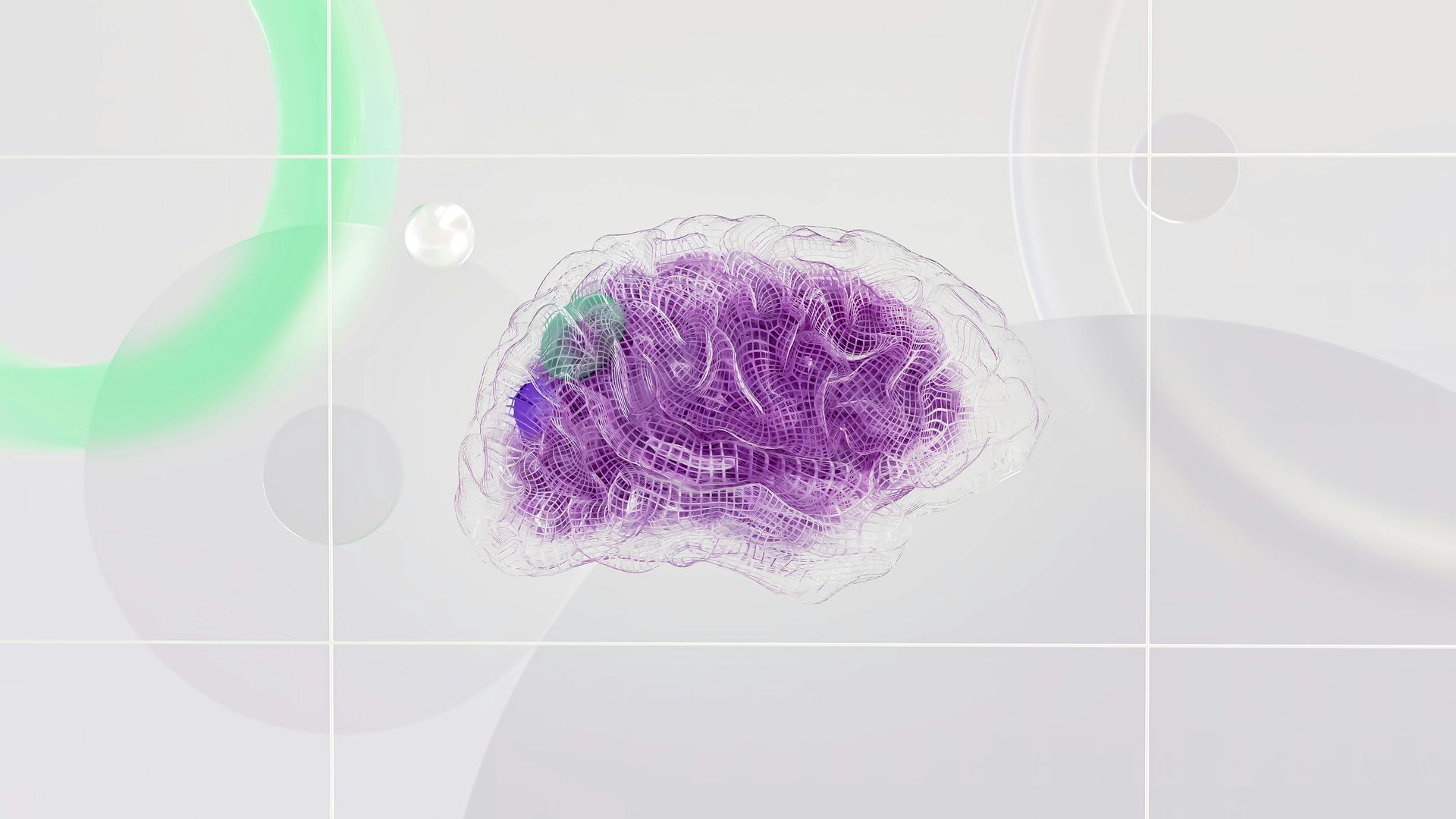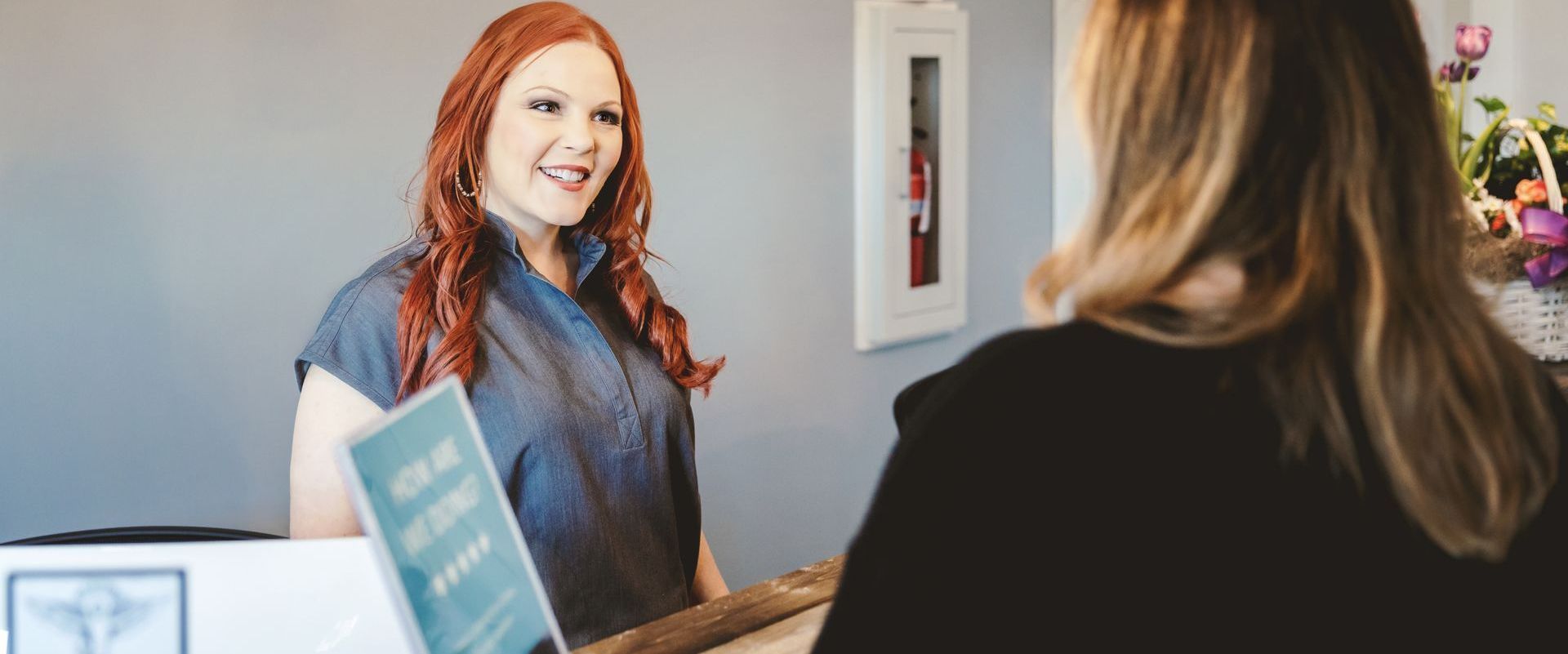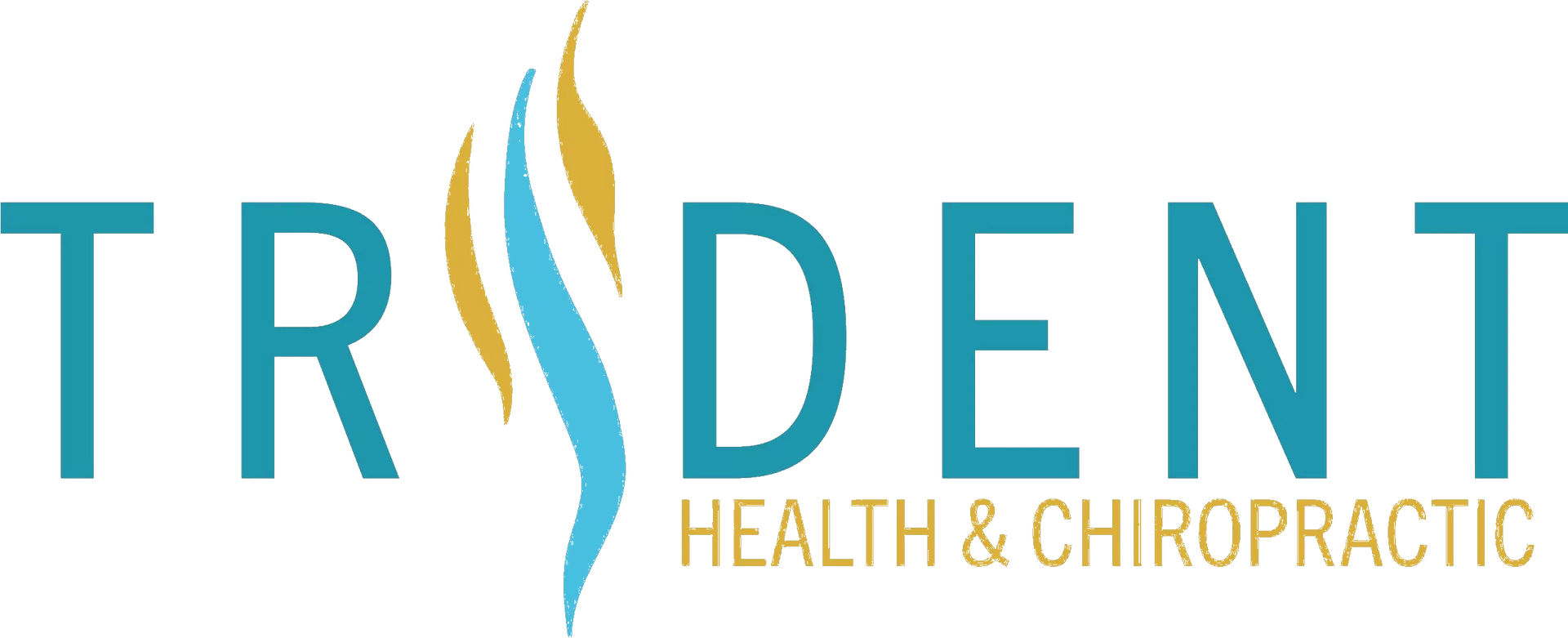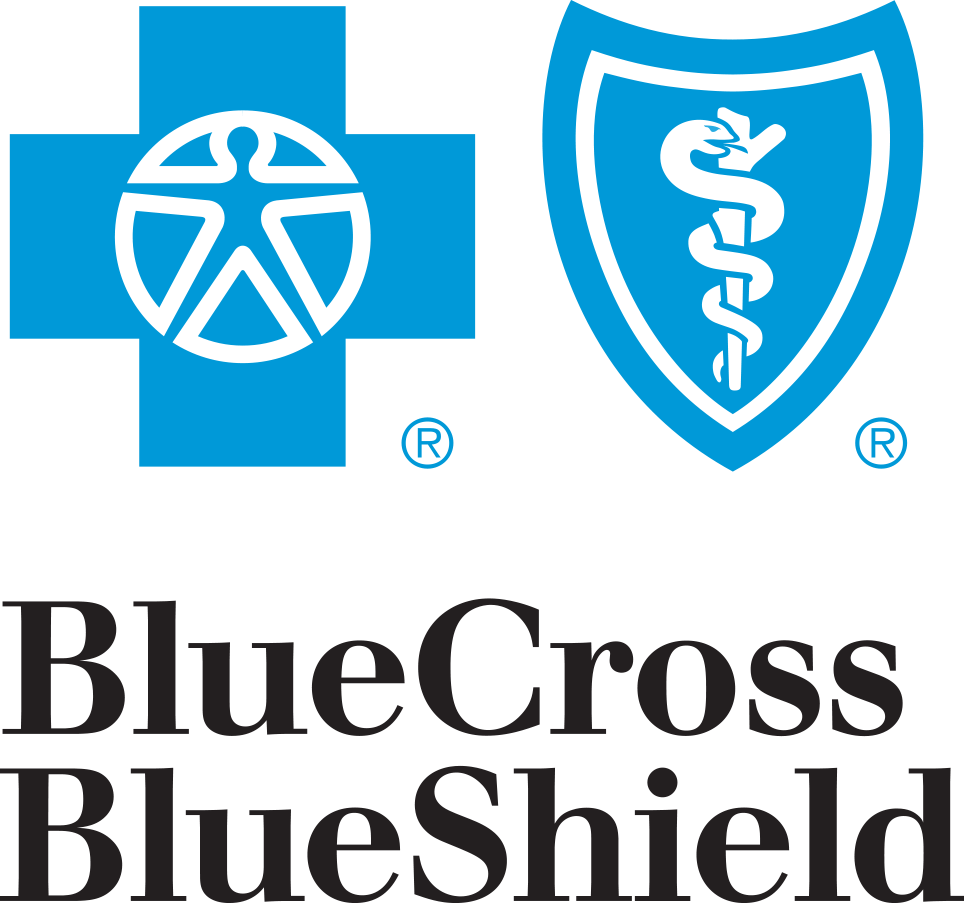What are the best exercises for lower back pain?
What are the common causes of back pain?
- Muscle or ligament strain. This can be caused by repeated heavy lifting, sudden jerking motion, or an awkward movement that can cause strain on the back muscles and spinal ligaments. This can be prevalent in people that are not in top physical condition due to constant strain that is placed on the back. This can lead to painful muscle spasms.
- Bulging or ruptured disks. Vertebral disks are the cushions between the bones in the spine. There is soft material inside a disk that bulges or ruptures that can press on the nerve, which in turn causes dysfunction or pain. However, this does not mean that every bulging or ruptured disk will cause back pain. Simple diagnostic tests such as spinal X-rays can show disk disease.
- Arthritis. Osteoarthritis can affect the lower back along with other joints in the body. If you have arthritis in the spine it can lead to a narrowing of the space around the spinal cord. This condition is called spinal stenosis.
- Osteoporosis. This condition affects the elderly and those deficient in calcium. The vertebrae become porous and brittle which can lead to breaks and fractures of the spine.
- Ankylosing spondylitis, also called axial spondylarthritis. This inflammatory disease causes a decrease in the flexibility of the spine by allowing some of the vertebra to fuse together. This places excess pressure on the spinal nerves which leads to pain and dysfunction.
Understanding the different types of back pain
- Acute pain is typically pain that is brought on by trauma, injury, or surgery. Acute pain will usually go away once the cause is treated.
- Chronic pain, in contrast, is pain that lasts longer than the normal recovery timeframe. This is usually associated with inflammatory processes, arthritis, fibromyalgia, etc.

Exercises to help with lower back pain
Some exercises to help reduce lower back pain are: glute bridges, bird dog, planks, side planks, abdominal hollowing, and crunches.
Glute Bridge
See glute bridge demonstration >
- First lie on the back with your knees bent with your feet flat on the floor, hip-width apart. Your arms go down by the sides of the body with the palms of the hands facing downward.
- Next tighten the abdominal muscles and squeeze the gluteal muscles.
- Now lift the pelvis off the floor. Continue to lift so that the body forms a straight line through the shoulder, hip, and knee.
- You will hold the position for at least 2 seconds.
- Then slowly return to the starting position.
- Repeat the steps above 10 times.
Bird Dog
See bird dog demonstration Dr Kyle >
- You will start the exercise on the hands and knees with the shoulders directly over the hands and the hips directly over the knees.
- Then tense the abdominal muscles and now stretch the right or left arm straight out in front of the body.
- You then hold the position while staying balanced for a few seconds.
- With the arm still extended, slowly lift the opposite leg and extend it straight out behind the body.
- Now hold the position for 10 seconds.
- Then slowly return to the starting position and repeat on the opposite side.
- Do this 5 times.
Planks
See plank demonstration by Dr Kyle >
- First lie on your stomach with your forearms against the floor and your elbows directly in line with the shoulders.
- Next tighten the abdominal and gluteal muscles.
- Now lift the hips and both knees off the floor.
- You will hold this position for as long as you can or for 10–30 seconds without allowing your hips to sag toward the floor.
- Return to the starting position and then repeat 10 times.
Side Planks
See side plank demonstration by Dr Kyle >
- First lie on the right side of the body with the right leg slightly bent and the left leg straight with the foot on the floor. Make sure that the right arm is directly beneath the right shoulder with the forearm extended out in front.
- Now tighten the abdominal muscles, then lift the right hip off the floor.
- If you can lift the right knee off the floor to straighten the right leg and stack the feet on top of each other.
- While keeping the body straight, hold the position for 10–20 seconds.
- Return to the start position and then repeat on the other side.
- Do the above 5 times.
Abdominal Hollowing
See abdominal hollowing demonstration by Dr Kyle >
- While lying on the back with the knees bent and the arms down by the sides of the body. You will keep the spine in a neutral position and pull the belly button toward the spine. Now inhale and then exhale while tightening the abdominal muscles, forcing the belly button toward the spine. Then hold the position for 10 seconds, and then release. Rest for 15 seconds. You can repeat this 10 times.
Crunches
See crunches demonstration by Dr Kyle >
- First lie with the back flat against the floor with the knees bent, and the feet flat and hip-width apart.
- Now cross the hands over the chest or you can reach along the sides of the body toward the feet.
- Tighten your abdominal muscles and lift the head and shoulder blades off the floor while exhaling. DO NOT pull on your neck.
- Return to the starting position.
- Do this exercise 10 times.
Preventative measures for lower back pain
Three stretches that will help reduce back pain are: knees to chest, kneeling back stretch, and seated side straddle.
Knee to Chest Stretch
See knee to chest demonstration by Dr Kyle >
- Start off by lying on your back with both legs flat against the floor.
- Then lift the right leg, bending the knee toward the chest.
- You can use both hands to pull the right knee toward the chest.
- Now hold the right knee against the chest for 5 seconds.
- After that, return to the starting position.
- You then repeat with the left leg.
- Do this 5 times with each knee.
Kneeling Back Stretch
See kneeling back demonstration by Dr Kyle >
- You will begin the exercise on your hands and knees, positioning the knees hip-width apart, with the shoulders directly over the hands.
- Now round the back and start pulling the bellybutton up toward the spine and tilting the lower back toward the floor.
- You will hold the position for 5-10 seconds.
- Rock gently backward to lower the buttocks as close as possible to the heels. Making sure that the arms are stretched out in front of your body.
- Now hold the position for 5 seconds.
- Gently return to the starting position. Repeat 10 times.
Seated Side Straddle Stretch
See seated straddle stretch demonstration by Dr Kyle >
- Start by sitting on the floor with both legs flat against the floor and extended out in front of the body. The feet should be far enough apart that the legs form a “V” shape.
- Now bend the left leg, bringing the left foot up to touch the inside of the right knee and letting the left knee fall out away from the body.
- With keeping the back straight, bend from the hips and reach forward toward the toes of the right foot.
- After that, slowly round the spine, bringing the hands toward the right ankle or shin while lowering the head as close as possible to the right knee.
- Once you lower your head hold the position for 30 seconds, then relax for 30 seconds. Then repeat on the other side.
- Step 6: Perform 5 repetitions.
Exercises to avoid if you have lower back pain
Please avoid these exercises if you are struggling with lower back pain. The key is to listen to your body.
Avoid: High Intensity Training (HIIT)
Do: Water aerobic exercises
Avoid: Running
Do: Walking
Avoid: Off road biking
Do: Recumbent cycling
Avoid: Lifting heavy weights
Do: Light machine weights
When should I seek professional help for my lower back pain?
You should seek treatment for your lower back pain as soon as you notice it. We need to treat pain as the body’s warning system just like the lights in our cars. Once the pain starts, we have already lost 60% of the function to the area that the nerve supports. Book a new patient consultation today.
Best treatment for lower back pain
At Trident Health and Chiropractic, we take a multifaceted approach to managing back pain. Our goal is to find the root cause of the discomfort and then provide you with relief via your own personal treatment plan. Effective treatments include spinal adjustment, intersegmental traction, flexion/distraction, exercises to strengthen the back, soft tissue therapies, and dry needling to name a few.
Frequently Asked Questions

